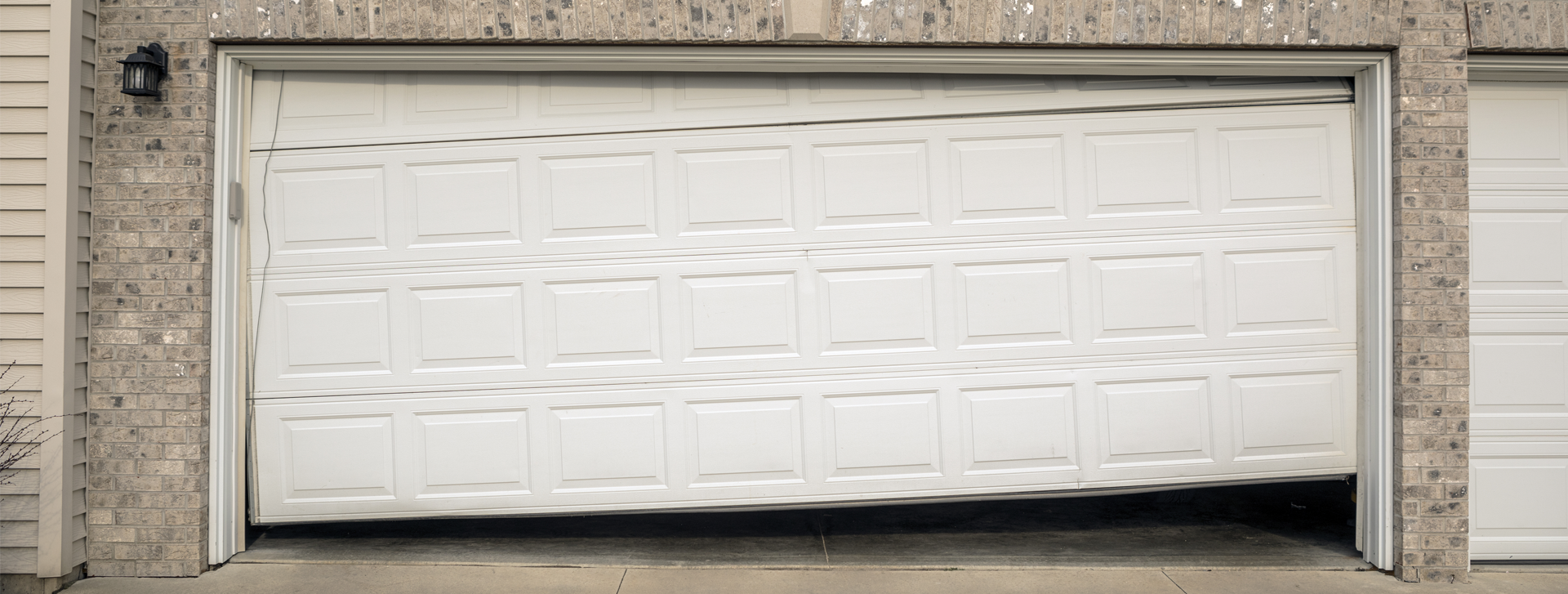In a spring-loaded garage door, it’s the spring that does most the hard work. It’s the spring that enables you to lift it up without feeling like you’re having to shift the door’s entire weight, and it’s the spring that enables you to pull it closed again without it slamming shut because of how heavy it is.
As a coiled spring manufacturer in Auckland, we know all about springs and the materials they are made from – we may even be the spring maker who supplied your garage door company – that means we know how they work and what you can do to help prevent breakages and expensive repair bills.
Three types of garage door spring systems
Your garage door almost certainly has one of three basic spring systems.
- Extension spring systems have springs that sit on either side of the garage door track. They are most commonly seen on a solid tilt-a-door style door. When the door is opened and closed, the springs extend and contract accordingly.
- Torsion spring systems for sectional garage doors usually use a tightly wound spring – sometimes two springs for a larger door. The torsion springs are mounted horizontally on a steel shaft and attached to the wall above the garage door. Learn more about how torsion springs work.
- Torsion spring systems are also used on roller doors. Once again, usually a tightly wound spring – sometimes two springs for a larger door. The torsion springs are mounted horizontally on a steel shaft inside your roller door.
With each of these systems, the garage door springs gain tension when the garage door is lowered. This means, when the door is lifted, the tension is released and the spring assists with the lifting. So, as you can see, a garage door spring has the most tension when the garage door is closed which means most, but not all, garage door springs break when the door is in a closed position, i.e., when it is down.
Why do garage door springs break?
There are three main reasons why garage door springs can break or, more precisely, snap:
Wear and tear
As a spring manufacturer, we manufacture springs to perform optimally for as long as possible, however, everything has a use-by date. Most garage door springs are engineered and rated for about 10,000 uses. That means, 10,000 movements of the garage door going up to the open position and then returning down to the closed position again.
For most people, that’s many years of trouble-free garage door use. If you use your door often, however, or if your garage has been around for a while, that 10,000 uses can come around quite quickly. Spring-loaded garage doors, especially extension spring system Tilt-a-Door styled doors have been around for quite a few years now and many garage door springs will be approaching the use-by date.
Rust and corrosion
As with any metal product, including springs, lifespans will be dramatically shortened by rust or corrosion. Any rust will weaken the spring’s coils. Additionally, rust increases the friction experienced by the coils each time the door is opened or closed. In some environments, such as close to the beach or salt water, metal corrosion can occur quite quickly. All this adds up to weakened garage door springs which can snap at the most inopportune time.
We suggest to the garage door installers who we manufacture for that they recommend their clients spray garage door springs with a silicone-based lubricant every four or five months to help increase the spring’s life expectancy and will help reduce squeaking.
If your garage door springs are showing signs of rusting or corrosion, we recommend spraying them with CRC or a similar product and giving them a good wipe down. Then use a silicone-based lubricant regularly as described above.
Improper Maintenance
All garage door springs will fail eventually, but proper maintenance can not only prolong the lifespan of the springs, but alert you when they are getting close to failure.
Here’s how to maintain a garage door:
- Ensure you lubricate the spring with silicone or oil-based spray or grease about four times a year.
- Check the garage door balance at least yearly. To do this on an automatic garage door:
- Pull the red-handled emergency release cord so that the door can be lifted manually.
- Open the door to halfway and let go of it. If the garage door springs are in good working order, the door should balance there. However, if the door drops, it could be that the springs may need some adjustment or even may need to be replaced. We recommend you call a specialist garage door installer to check it out.
If your garage door is not automatic, that is, you need to open and close it by hand, you can do this test simply by pulling it down to halfway and seeing if it balances.
Incorrect Materials
Some cheaper garage door springs are imported from overseas with many of these being made from a lesser quality material than those made by National Springs in Auckland. For a quality, long-lasting garage door spring, special higher tensile garage door spring wire must be used. If a lesser material is used the springs will be over-stressed and quickly fail. If you have a door is continually requiring adjustment, this could be the issue.
If you are replacing the springs in your garage door, be sure to ask the garage door maintainer where the springs have come from and what they are made from.
So, that’s why garage door springs can break and what you can do to prevent it. As a specialist spring manufacturer who supplies springs to all sorts of installers in many different industries, we advise that any broken garage door spring is repaired by a specialist garage door installation company. The springs can be quite powerful and, if they snap into place unexpectedly, can cause injury. A specialist installer will have both the training and tools to complete the task safely and effectively.

National Springs and Wire Products NZ Ltd is New Zealand’s most comprehensive solution provider for springs and wire forms. Our unrivalled in-house design and development expertise ensures that you get the right solution for your specific project. Our state-of-the-art CNC equipment delivers high-quality, accurate and consistent product flow – fast.


